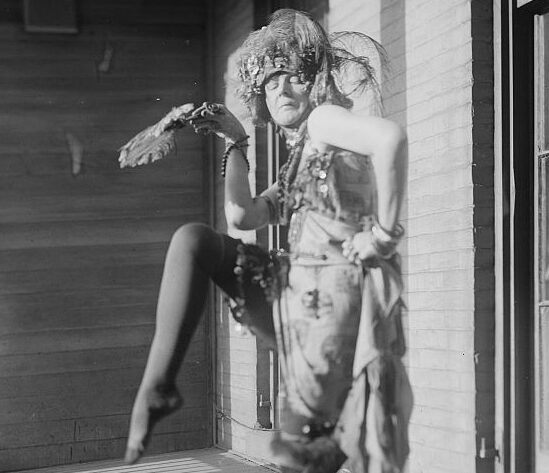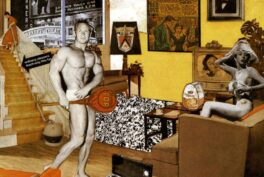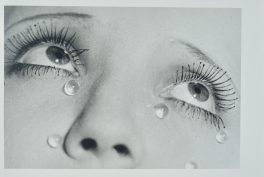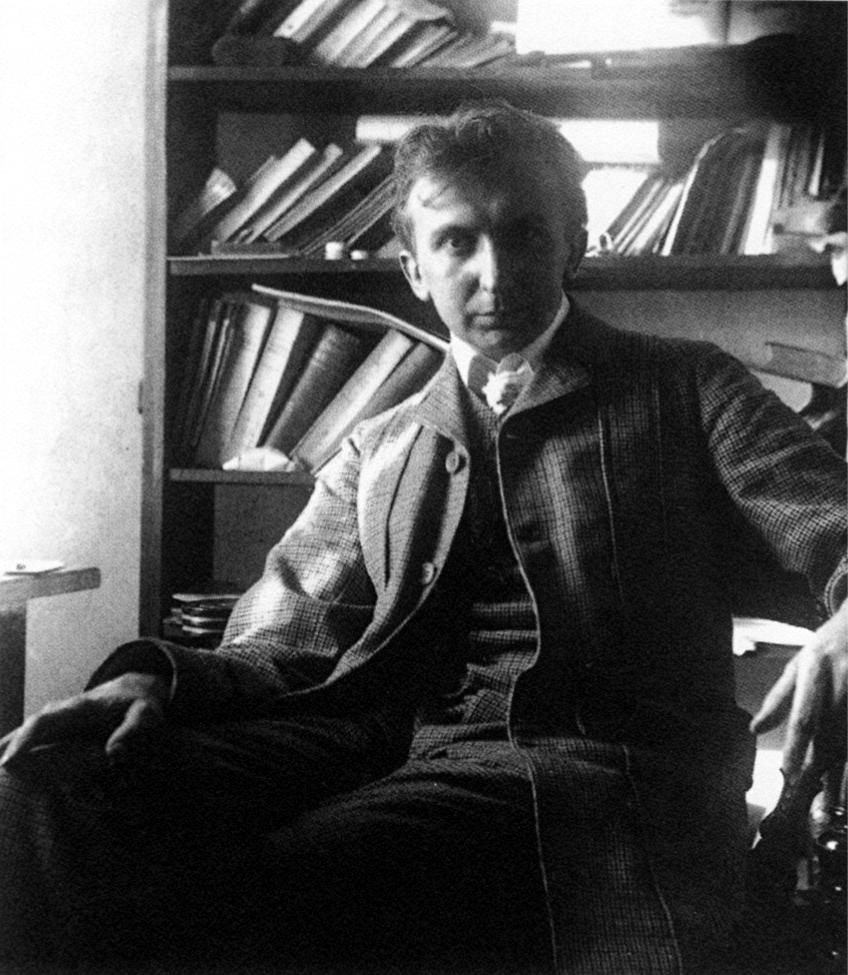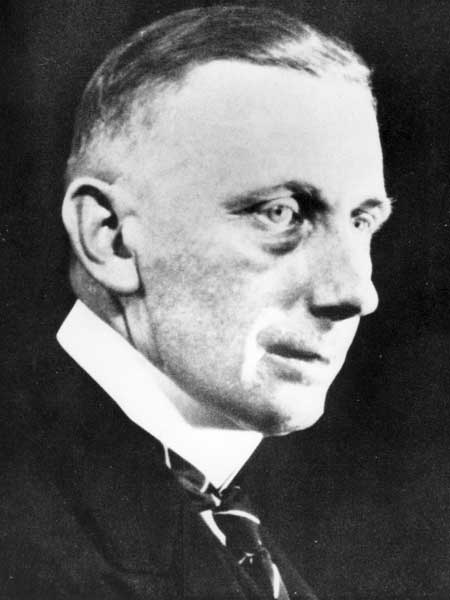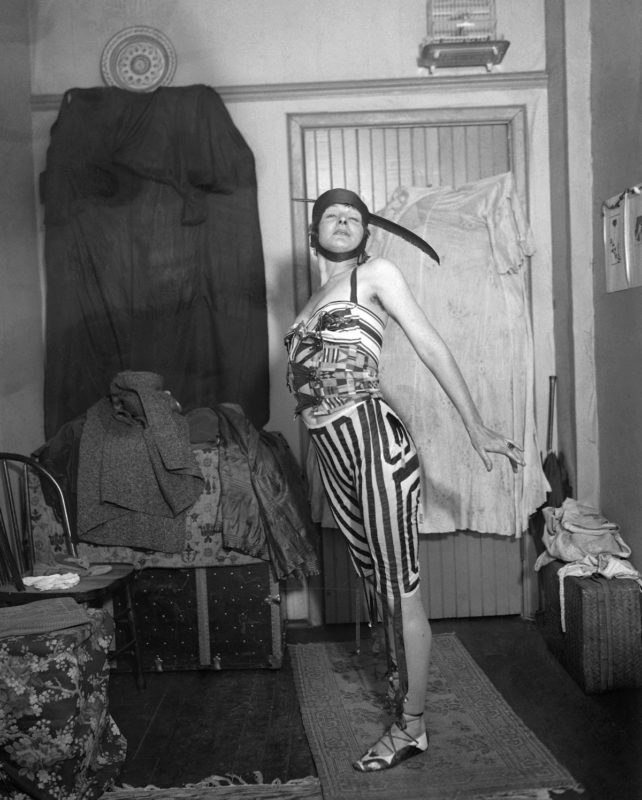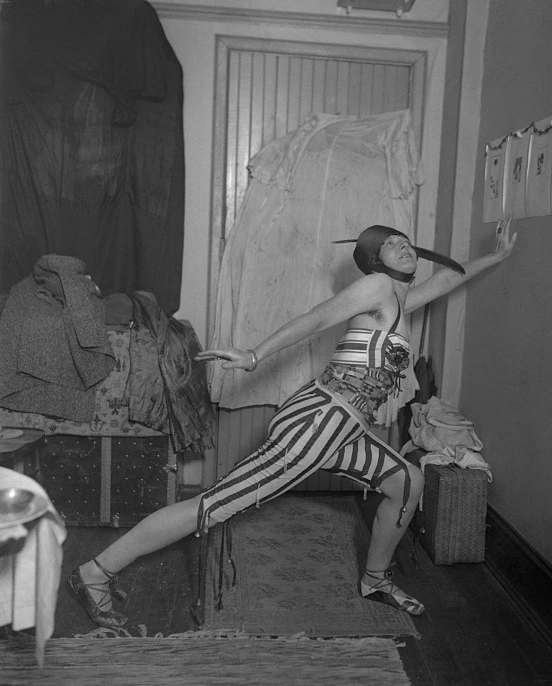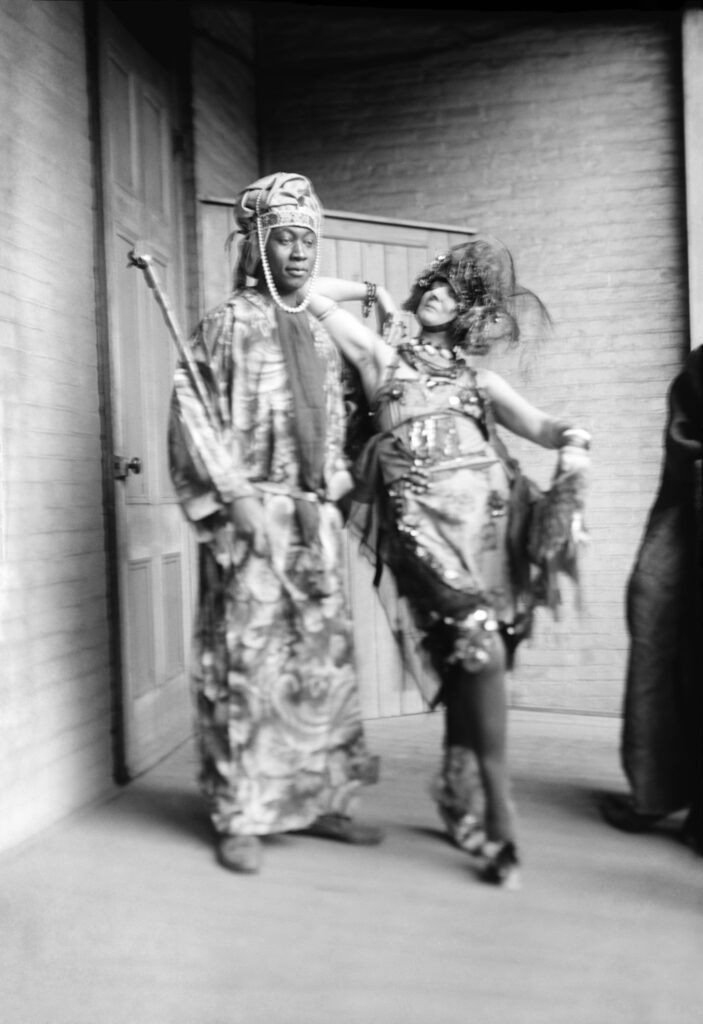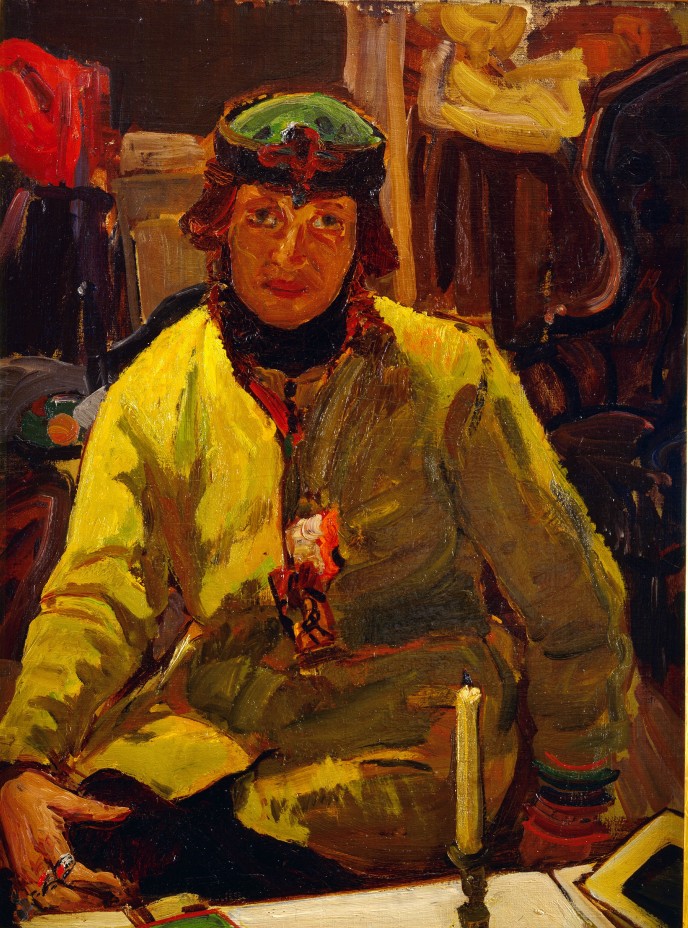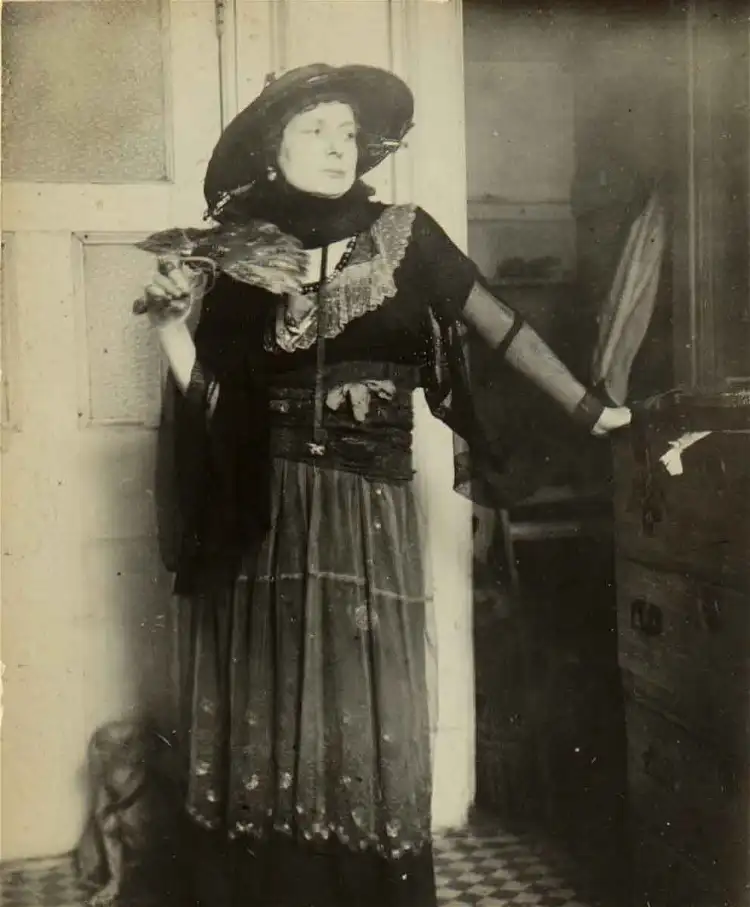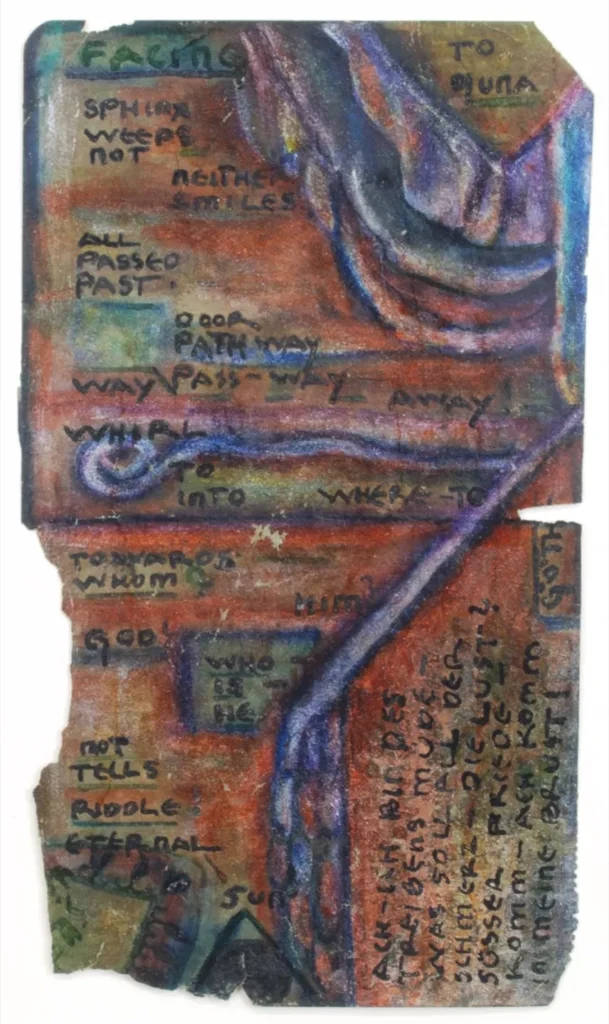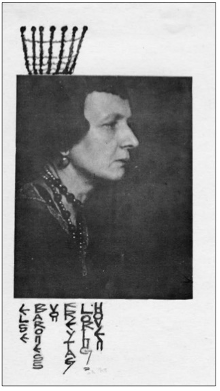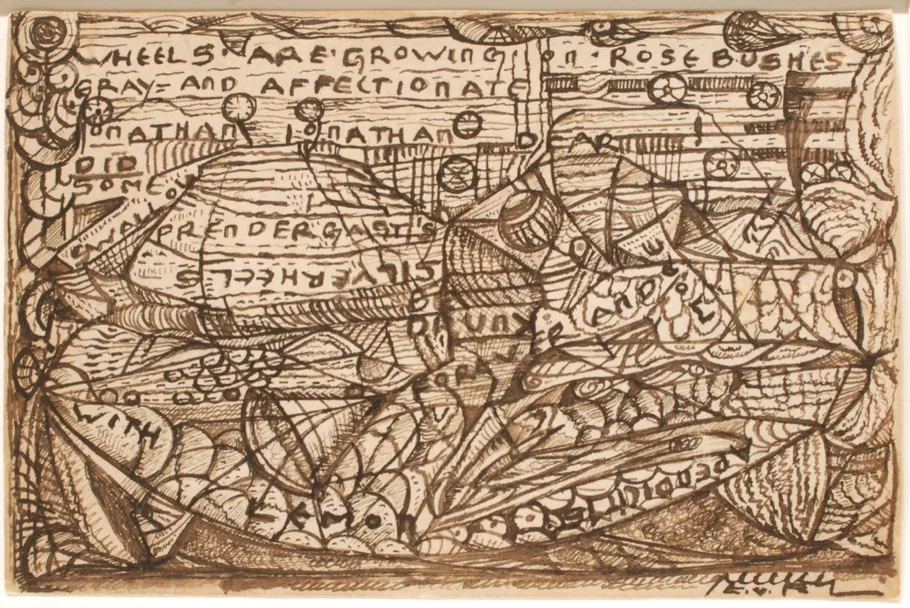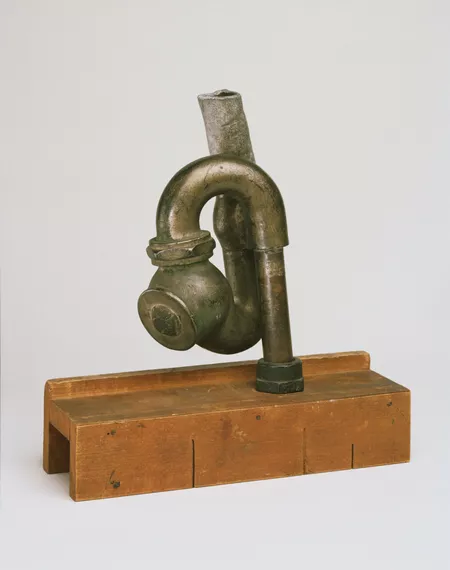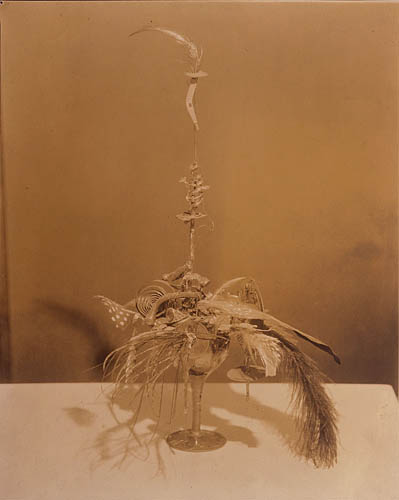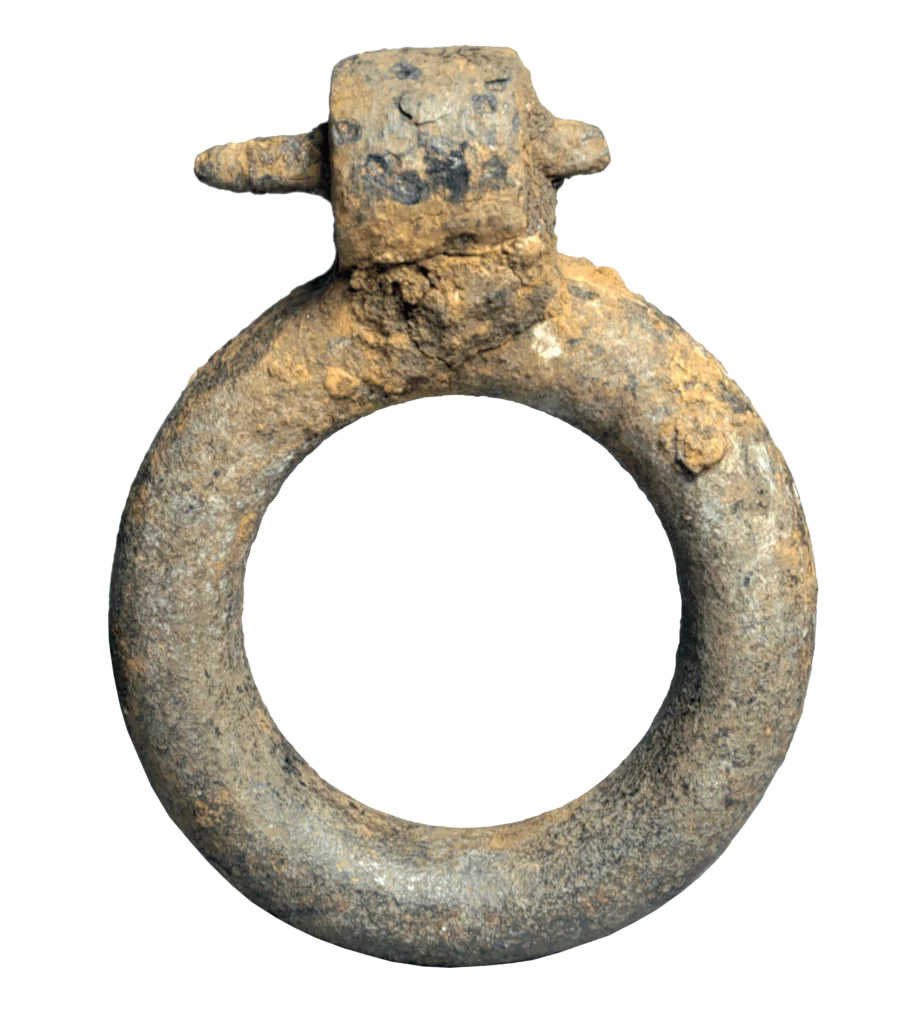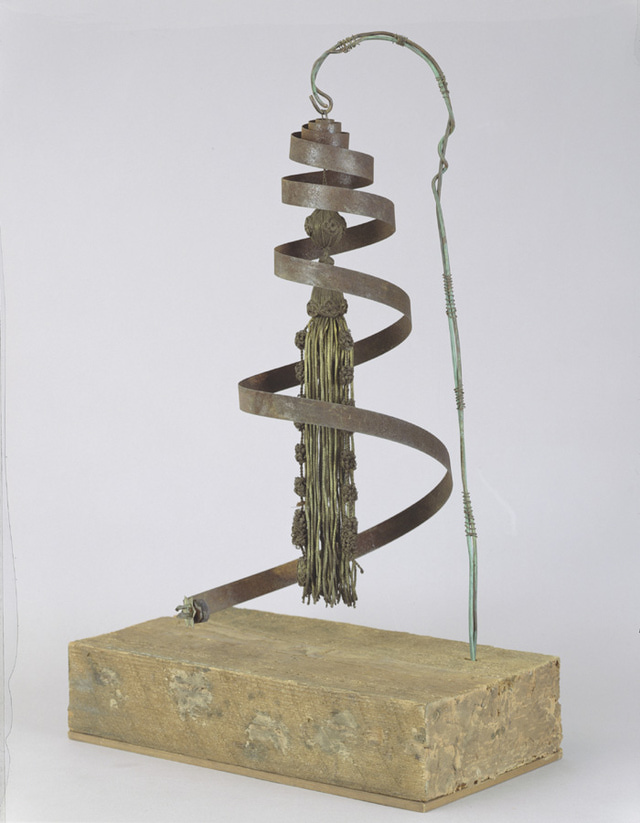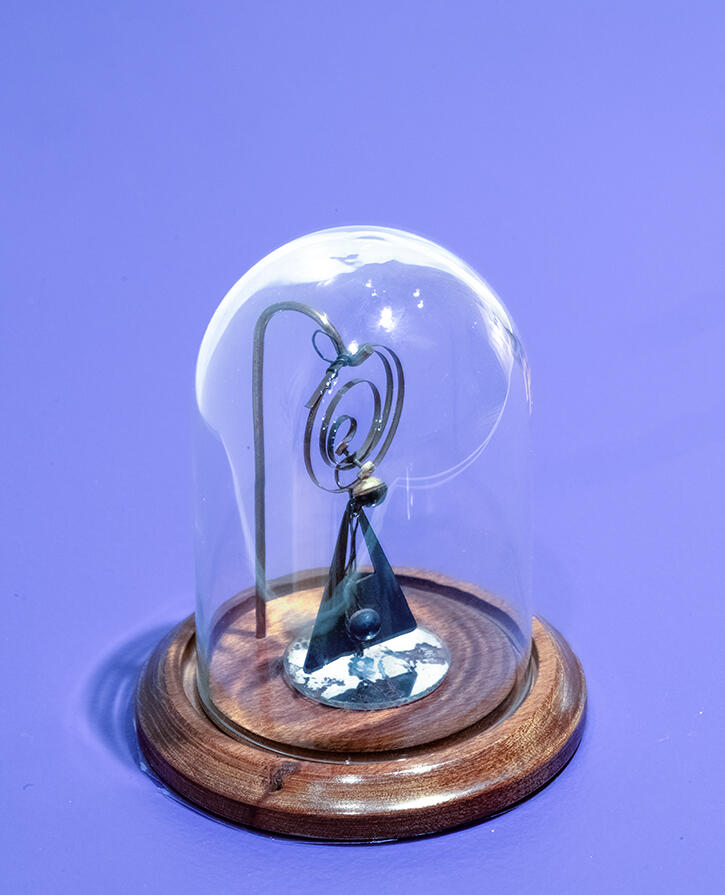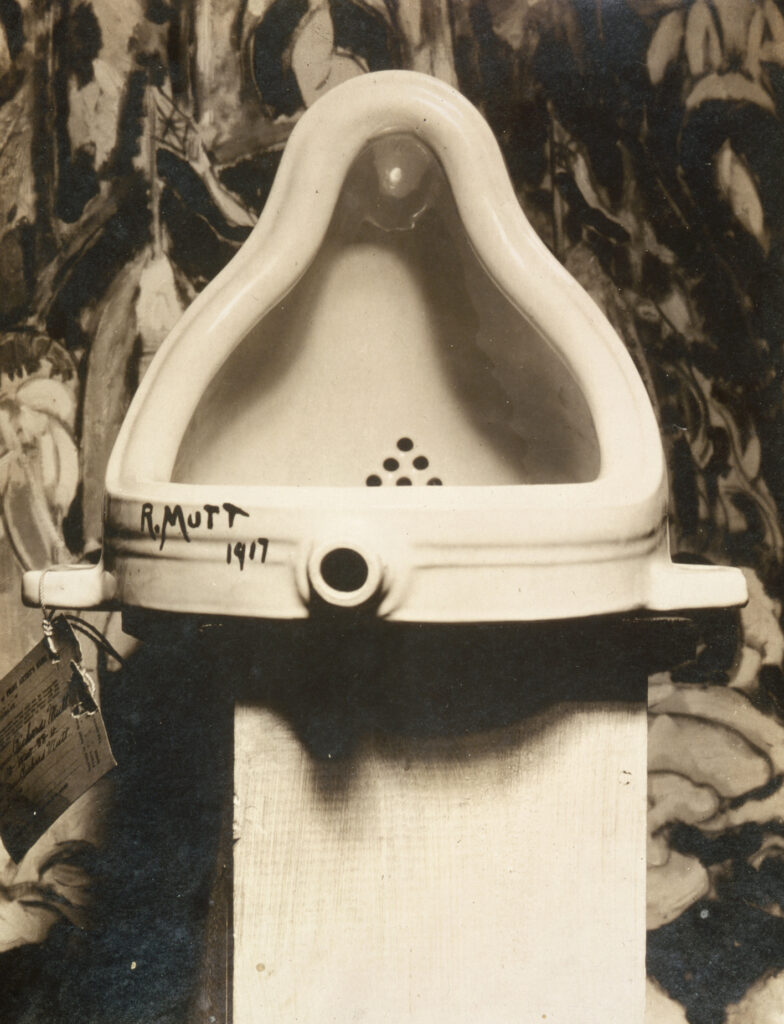The idea of everyday objects wildly fused together with no clear sense, function, or aesthetic appeal, broke radically with the understanding of art of the time. For a conservative bourgeois audience, it was perceived as a provocation at best, and the expression of a sick mind at worst. However, the Baroness became one of the main protagonists of Dada. This avant-garde movement with important sites in Zurich, Berlin, Paris, and New York, questioned the definition of art by experimenting with form, material, and content. The Dadaists also pioneered conceptual art, in which the idea becomes the actual work of art.
A friend of von Freytag-Loringhoven, Marcel Duchamp has been credited with inventing the so-called ready-made. It refers to an everyday item that is turned into an artwork by mere declaration and/or modification with other everyday objects. It is not exactly clear whether the Baroness’ objects, which Duchamp highly esteemed, predated those of Duchamp. However, she was undoubtedly one of the first progenitors. There is even speculation she is the actual author of Duchamp’s famous Fountain, a urinal turned upside down. Duchamp hinted in a letter at an anonymous woman artist who had sent him the work.
As so often happens with female artists, von Freytag-Loringhoven was soon erased from the art historical canon after her death in Paris in 1927. With her daring and uncompromising approach to art, she must be credited as the godmother of performance artists such as Valie Export and Marina Abramović, but also eccentric pop icons such as Lady Gaga and Doja Cat.
